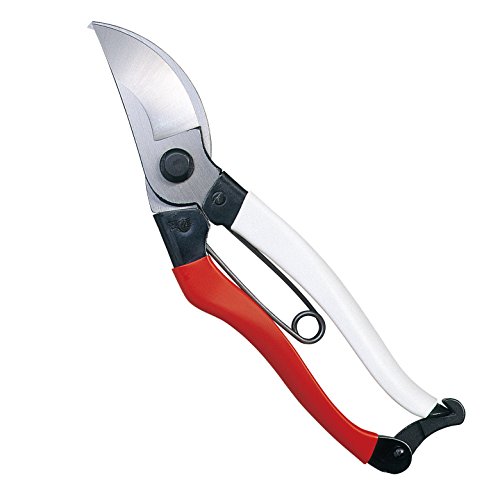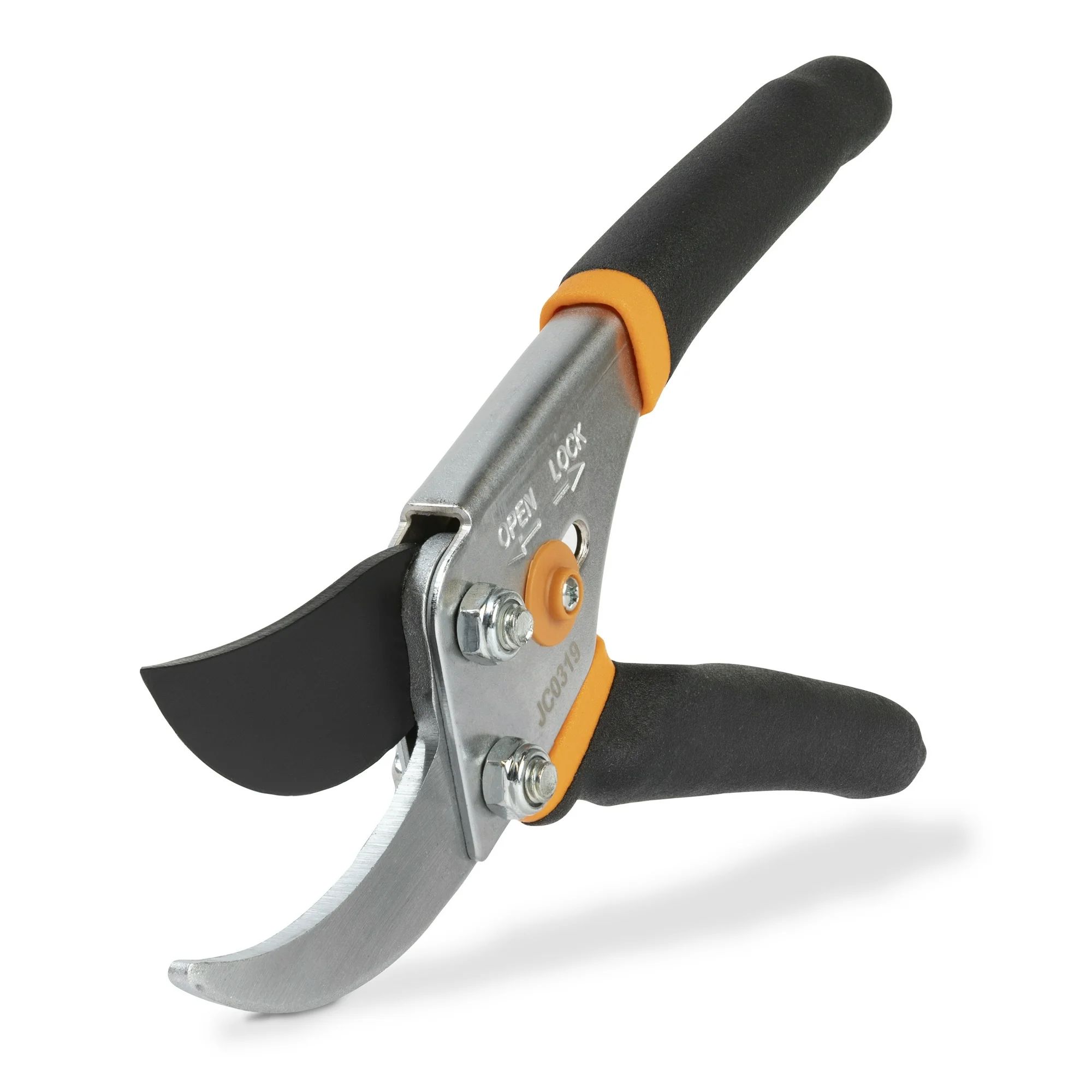‘Mulberry pruning needs a gentle hand’, say tree experts – discover when and how to trim these fruiting trees
A guide to mulberry pruning, with expert tips for healthy and productive fruit trees

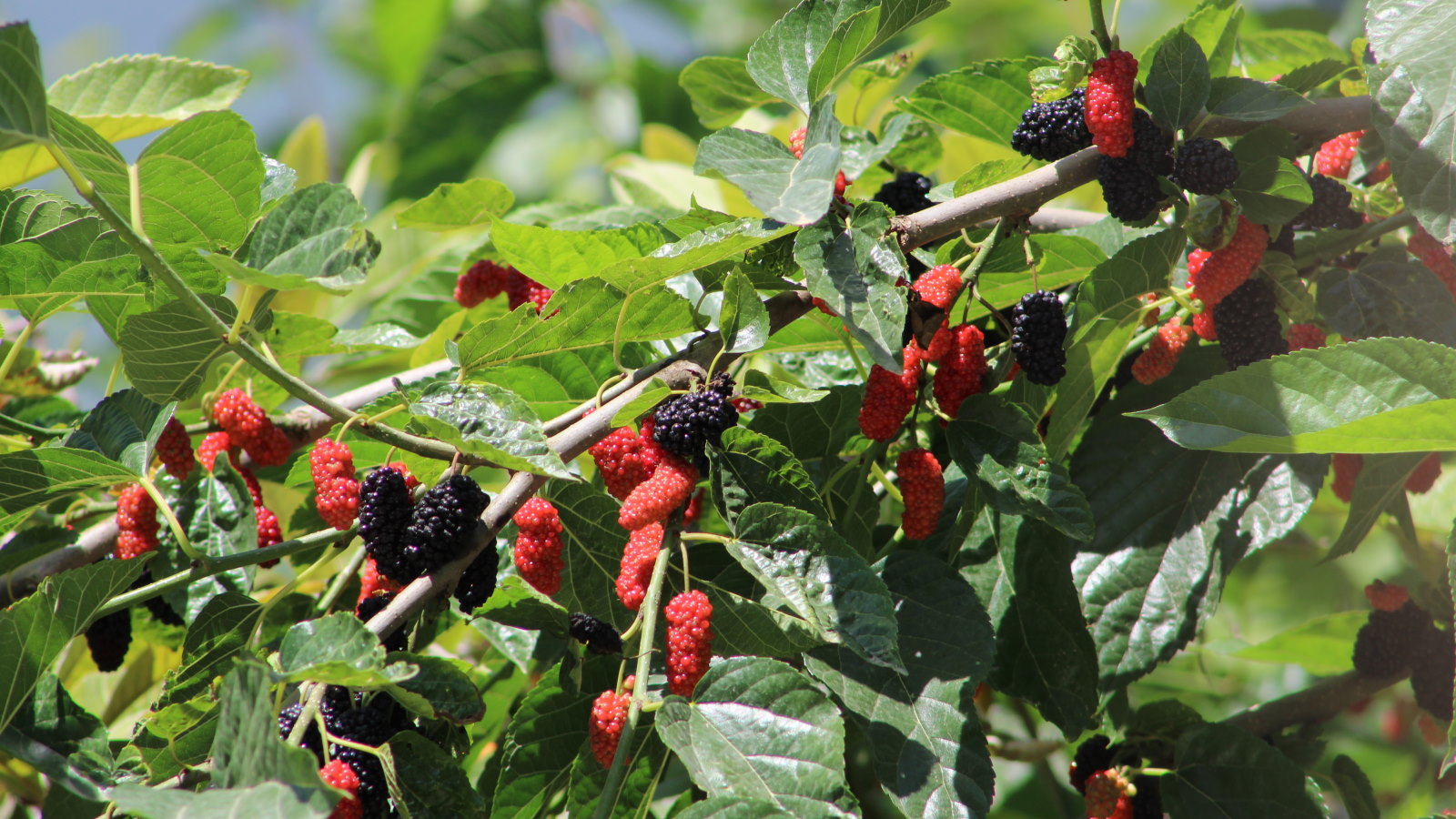
Mulberries are low-maintenance fruit trees to add to any backyard. They look majestic and produce juicy and unique fruits for jams, jellies, and puddings. While they don’t require lots of trimming annually, knowing when and how to do mulberry pruning will help keep your tree healthy and productive.
Mulberry trees can range from 5-30 feet in height. They can thrive with minimal pruning, however, they will benefit from trimming to maintain their shape, manage their size, and encourage fruit production.
The key to pruning mulberry trees is correct timing and a gentle touch. When you grow a mulberry tree it can sometimes mean as little as only a few cuts are needed to shape and thin the tree. Discover how simple it can be with our expert guide to mulberry pruning.
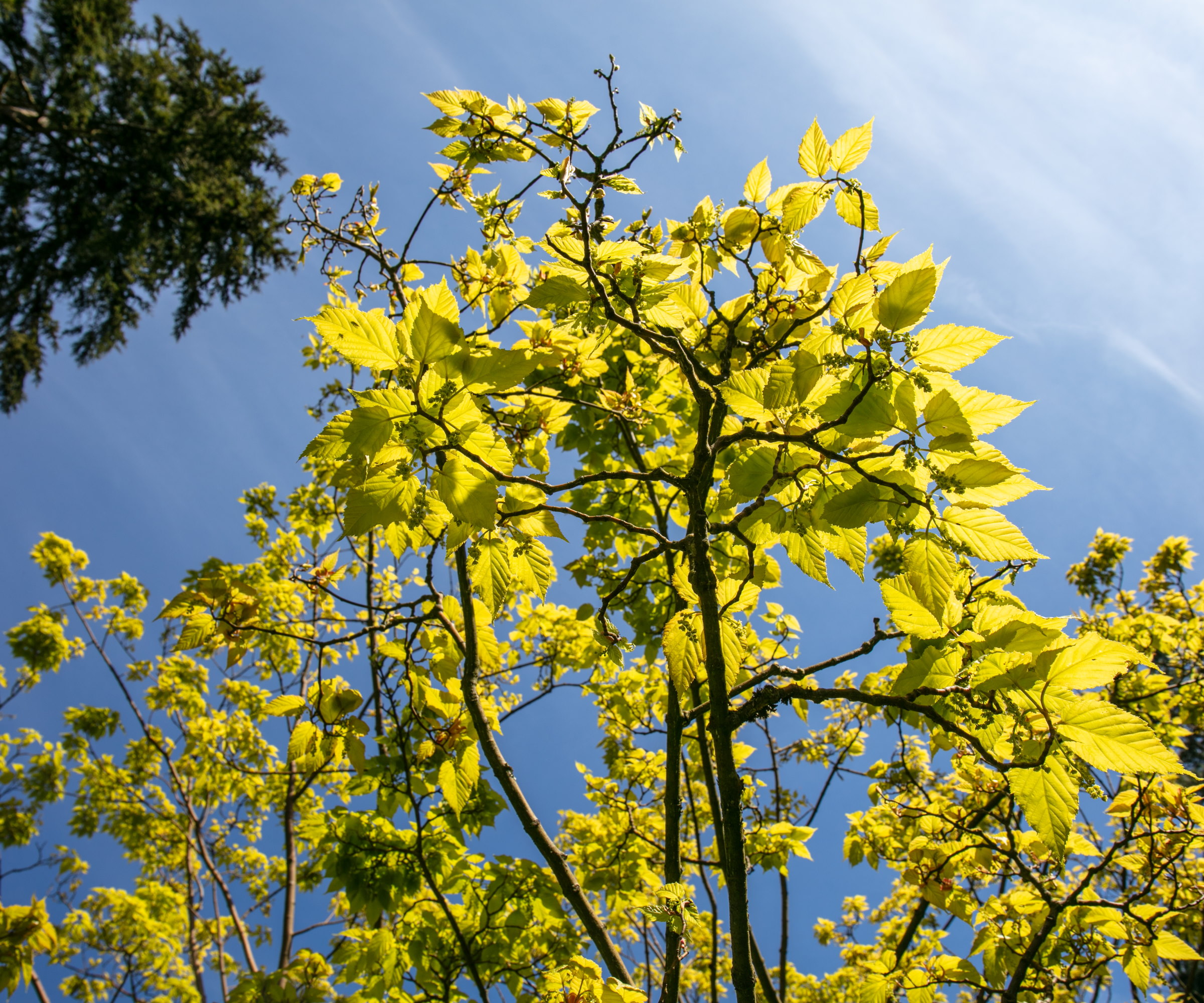
Mulberry pruning helps control the size of the tree
A guide to pruning mulberry trees
Brie Zettl, director of horticulture production at Stark Bro’s, describes mulberry trees as ‘vigorous growers’ that can be kept manageable through pruning. She adds: ‘Young mulberry trees need shaping, while mature trees benefit from heavier pruning to remove dead, damaged, or overcrowded branches.’
Let’s first look at when to do your mulberry pruning, followed by some tips for how to trim successfully.
The best time to prune mulberry trees
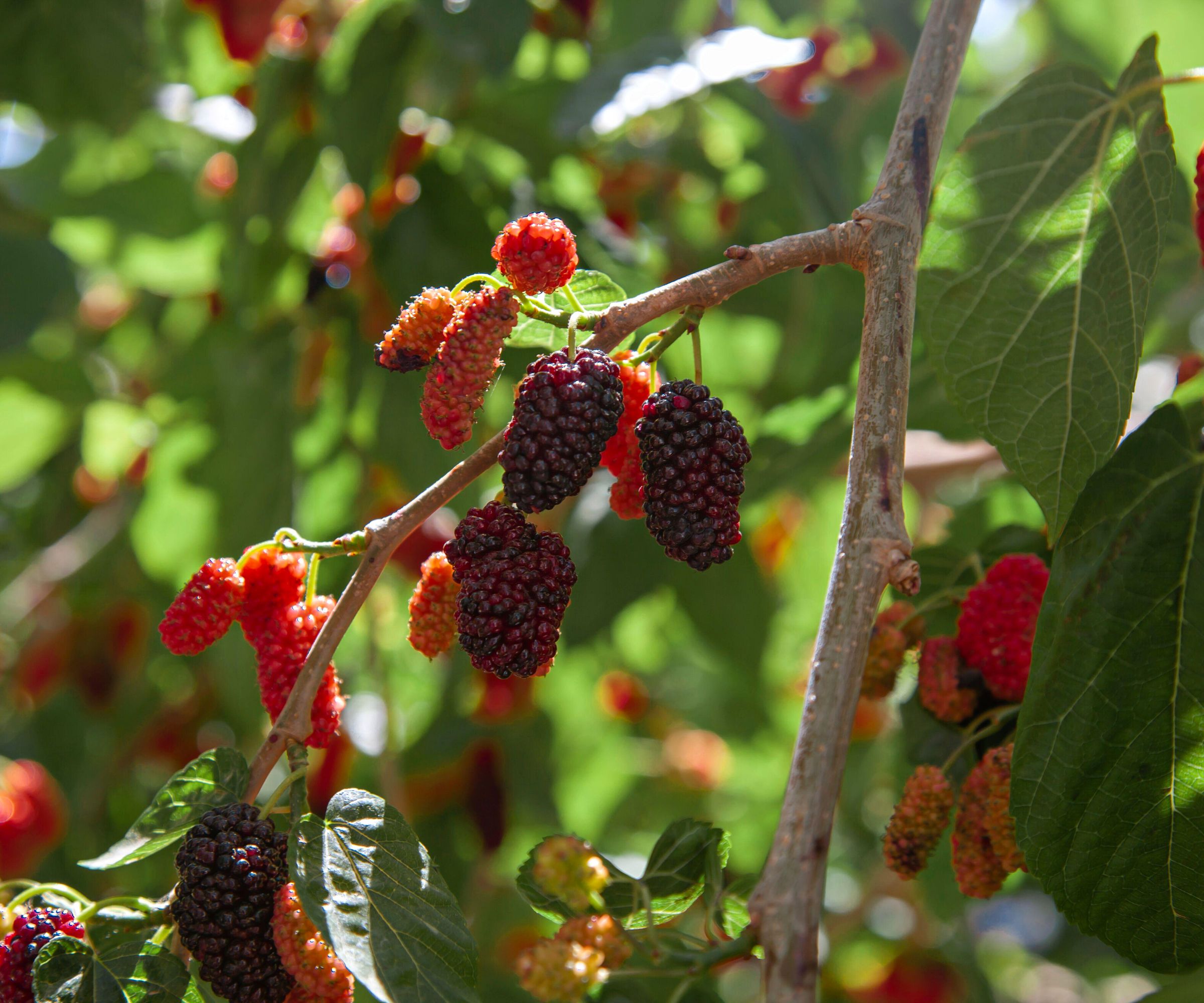
Mulberry pruning promotes a strong harvest of fruit
Mulberry pruning is done when the tree is dormant and after the leaves have fallen. Pruning during dormancy minimizes the stress on the tree, reduces the risk of bleeding sap, and promotes healthy regrowth.
While trimming can be done between fall and early spring, late winter is the ideal time for mulberry pruning - along with pruning fruit trees such as apples, pears, and fig trees. Not all fruit trees are cut during dormancy though, it would be a fruit tree pruning mistake to trim peaches, cherries, or apricots in late winter.
Design expertise in your inbox – from inspiring decorating ideas and beautiful celebrity homes to practical gardening advice and shopping round-ups.
During dormancy is beneficial for mulberry pruning as there are fewer fungi or bacteria around at this time to get into pruning cuts. The tree will also recover quickly to heal the wounds when the tree starts to grow again in early spring.
Waiting till late winter to do mulberry pruning is recommended as it means the worst winter weather is behind. The tree should not be pruned in periods of extreme cold as freezing temperatures can get into pruning cuts and cause harm.
Shop pruning tools
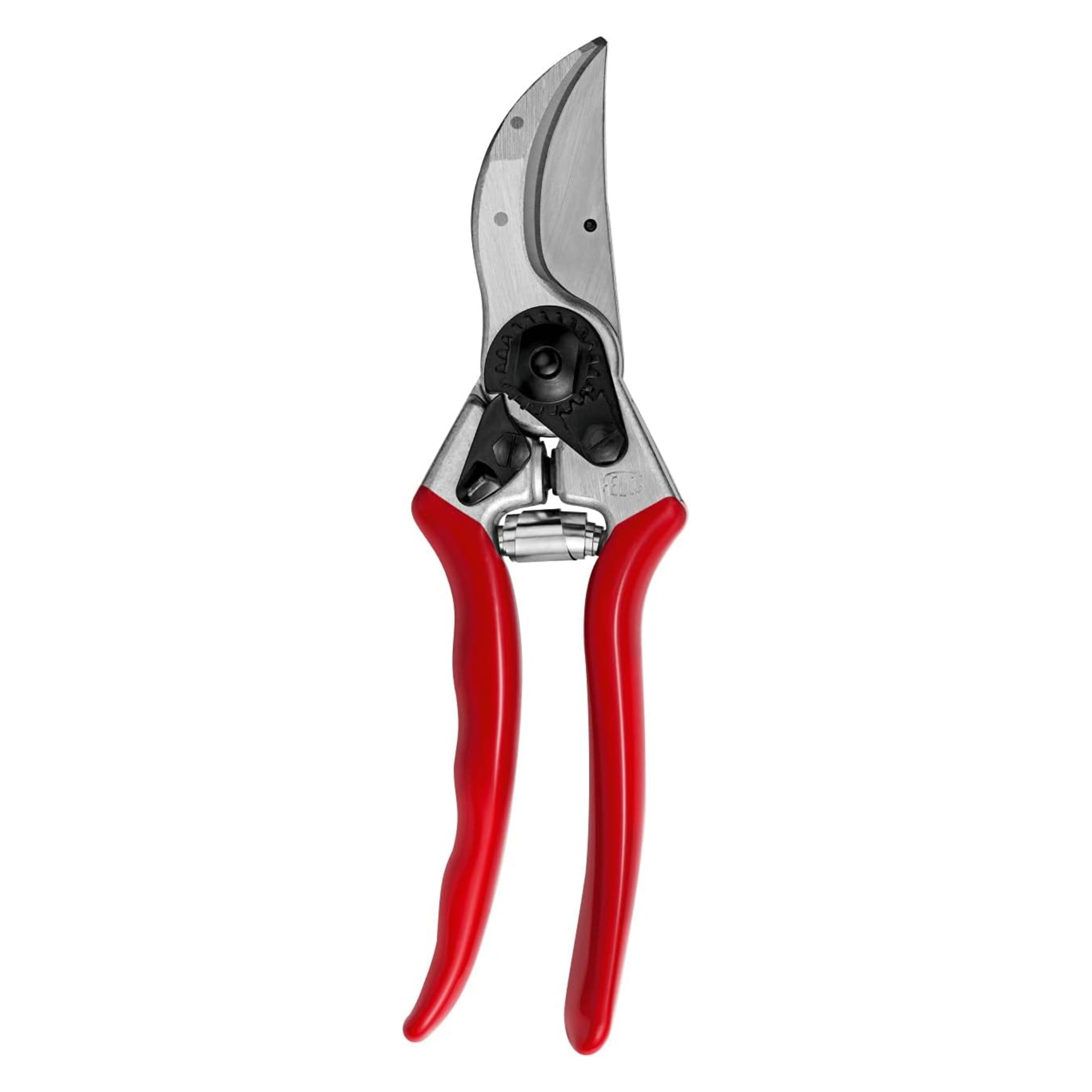
Felco No. 2 pruners are reliable and sharp pruning shears. They come recommended as one of the best pruners and all parts are replaceable.
Tips for mulberry pruning
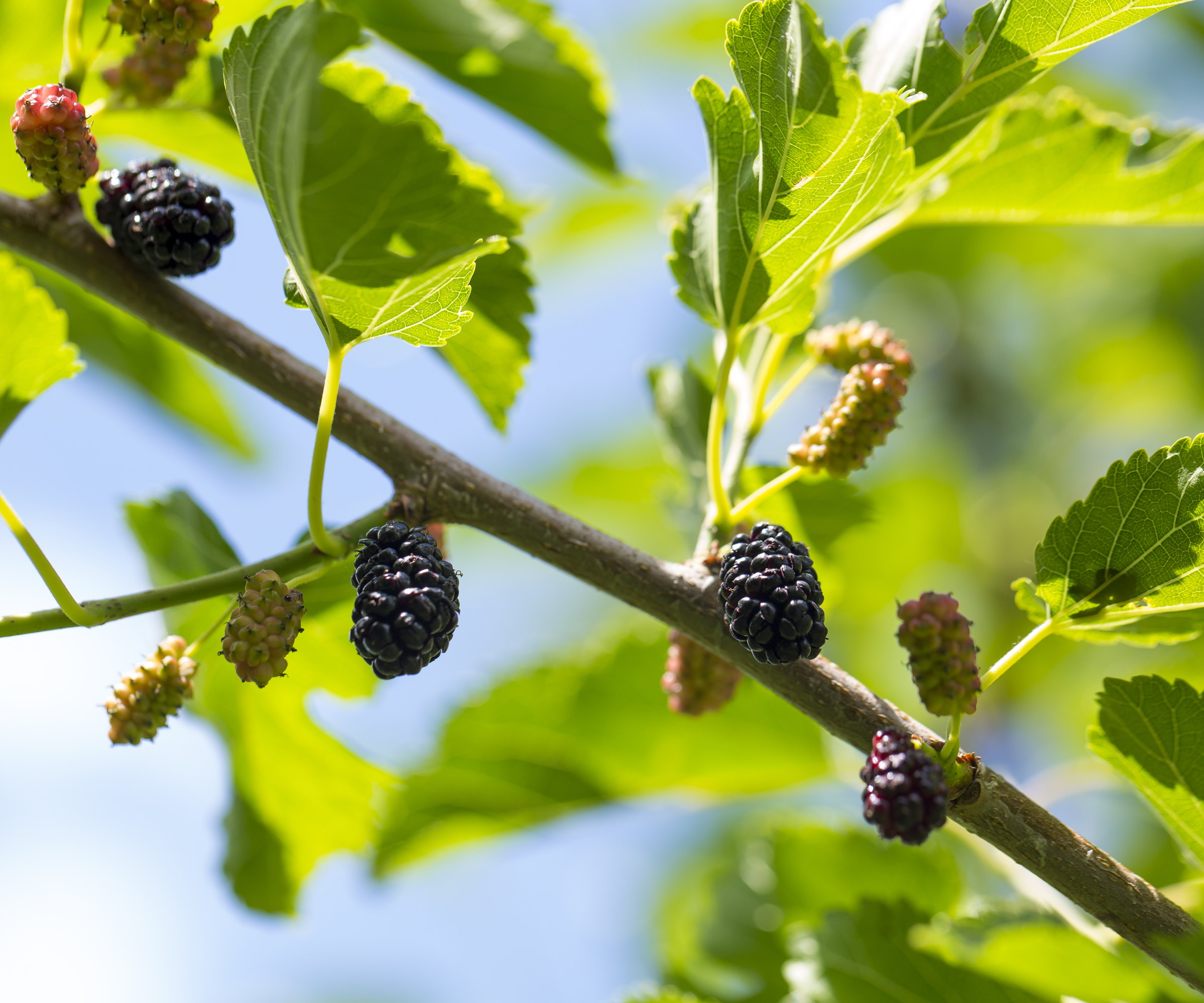
Avoid getting carried away when mulberry pruning
Mulberry pruning must be done with sharp and clean garden tools to avoid spreading disease or making jagged cuts that leave the tree more susceptible to pests and diseases as it struggles to heal.
Another way to maintain the tree’s health is to avoid pruning branches over two inches in diameter, as mulberry trees struggle to heal cuts of that size and open wounds are prone to fungi or other diseases.
Keep mulberry pruning to a minimum. Brie Zettl recommends ‘never remove more than a quarter of the tree when pruning’ to keep the mulberry healthy and productive. As mulberries bloom and fruit on new wood, avoiding over-pruning ensures buds for the next season - which is important to get a mulberry tree to fruit.
Start by completely removing any dead, diseased, or damaged branches, along with any branches that cross or grow inwards towards the center of the tree. Pruning these branches helps to open up the tree, improving air circulation and sunlight penetration into the mulberry tree.
Maureen Wright, plant expert at Fast Growing Trees, agrees that mulberries ‘appreciate a gentle hand’ and advises to ‘work methodically’ to open up the canopy and create a balanced shape by selectively thinning the tree, but keeping the number of cuts to a minimum. Being too heavy-handed and hard-pruning will not just affect fruiting but leave the tree vulnerable to diseases.
Finally, Maureen adds: ‘Keep a watchful eye on suckers at the base of the tree and remove them promptly to encourage stronger growth up top.’

Maureen has been a Certified Oklahoma State University Master Gardener since 2012 and is working on her ISA Arborist Certification. Her background in social work led her to an interest in horticultural therapy training and she spends a lot of her time working with at-risk youth and adults working on community garden projects.
FAQs
Can you prune mulberry trees in summer?
Mulberry pruning in summer can be done in some circumstances, but it should be kept to an absolute minimum as the tree will bleed sap from the cuts. Long shoots can be gently trimmed in early summer to help light penetrate the tree and ripen fruits, while mulberries trained to grow as espalier trees on sunny walls will require a very light trimming of side shoots in late summer, as well as pruning in late winter.
Mulberry trees are hardy down to US hardiness zone 4 and may benefit from some protection from the winter colds in some regions. To protect mulberry trees in winter, consider mulching around plants to insulate the roots from freezes and cover young trees with a frost cloth ahead of extreme frosts or snow.

Drew has worked as a writer since 2008 and was also a professional gardener for many years. As a trained horticulturist, he worked in prestigious historic gardens, including Hanbury Hall and the world-famous Hidcote Manor Garden. He also spent time as a specialist kitchen gardener at Soho Farmhouse and Netherby Hall, where he grew vegetables, fruit, herbs, and cut flowers for restaurants. Drew has written for numerous print and online publications and is an allotment holder and garden blogger. He is shortlisted for the Digital Gardening Writer of the Year at the 2025 Garden Media Guild Awards.
